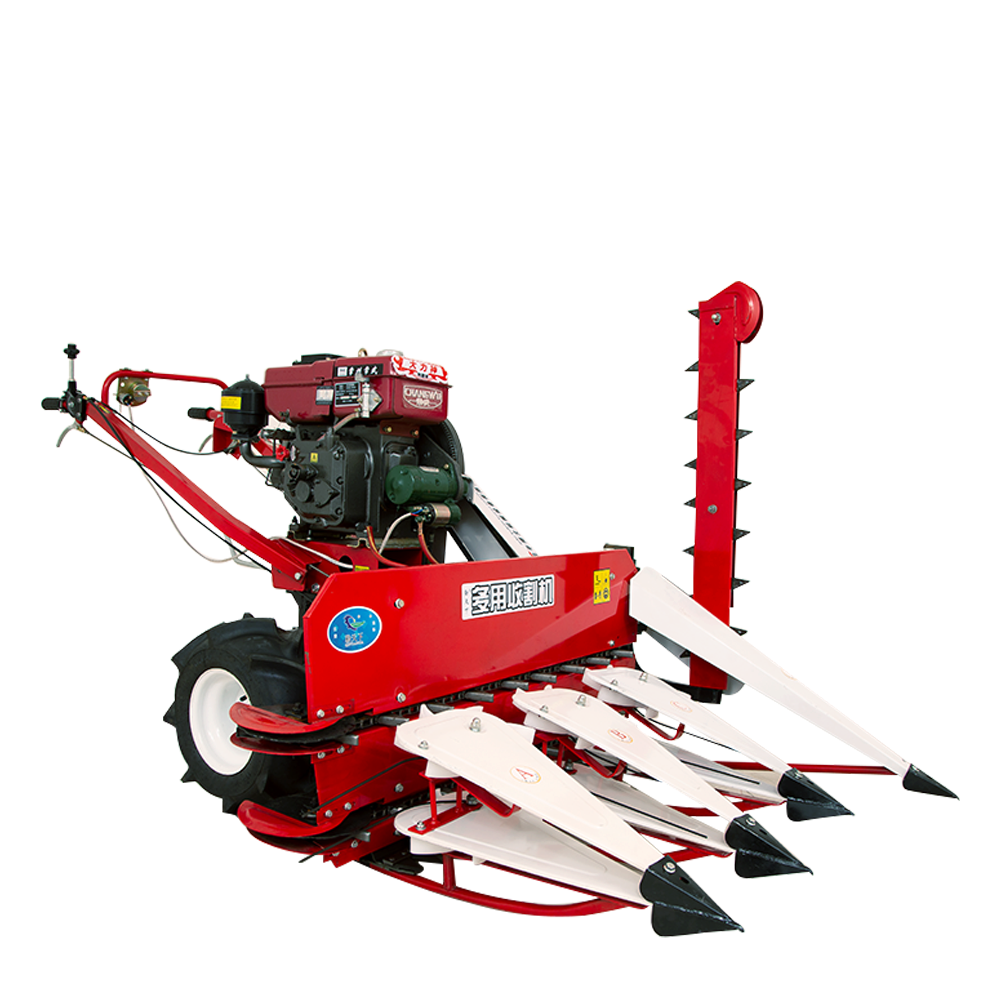farm swather
The Role of Farm Swathers in Modern Agriculture
In the world of modern agriculture, efficiency and precision are paramount. As farming becomes increasingly mechanized, various pieces of equipment are developed to meet the demands of large-scale production. Among these tools, the farm swather stands out as an essential machine, particularly in the harvesting of crops such as hay and small grains. Understanding the function and importance of farm swathers provides insight into their role in enhancing agricultural productivity.
A farm swather, also known as a windrower, is a piece of equipment designed to cut and lay down crops in rows, or windrows, allowing them to dry before further processing. Typically used in the harvesting of hay, silage, and certain grains, swathers are instrumental in preparing crops for storage or feeding livestock. They are particularly significant in regions where hay is a primary forage crop for livestock, as efficiency in cutting and drying significantly impacts the yield and quality of the feed produced.
Swathers come in various designs, including pull-behind models and self-propelled units. The choice between these designs is often determined by the size of the operation and the type of crops being harvested. Self-propelled swathers offer the advantage of mobility and speed, often being equipped with powerful engines that can handle challenging terrain. In contrast, pull-behind models are more cost-effective for smaller farms or those with less demanding tasks. Regardless of the model, the essential feature of a swather is its cutting mechanism, which often employs a series of sharp blades or sickle bars to efficiently sever plants at their base.
One of the primary benefits of using a swather in farming operations is the significant time savings it offers. Traditionally, farmers would cut crops using sickle mowers, often requiring considerable labor and time. The introduction of the swather has revolutionized this process, reducing labor intensity and allowing farmers to cover larger areas in a shorter period. This efficiency is especially vital during harvest seasons when weather conditions can be unpredictable. Quick action can mean the difference between a successful harvest and a total loss due to rain or other adverse weather events.
farm swather

Moreover, swathers facilitate better drying of crops. By laying down cut plants in neat windrows, swathers ensure that the crops are exposed to sunlight and wind, promoting even drying. This is critical in hay production, as adequately dried hay prevents mold and spoilage. The improved drying conditions also enhance the quality of the final product, making it more nutritious for livestock and more marketable to buyers.
While the benefits of swathers are clear, their use also comes with challenges. One significant issue is maintenance. Like any piece of mechanical equipment, swathers require regular inspection and servicing to function optimally. Blunt blades can lead to poor cutting performance, while inadequate maintenance can result in breakdowns during critical harvest periods. Farmers must be diligent in ensuring that their swathers are in good operating condition to avoid unexpected downtime.
Additionally, the operation of swathers requires skill and understanding. Farmers and operators must be knowledgeable about the optimal cutting heights for different crops and be able to adjust the machine settings accordingly. Mismanagement can lead to either too much crop left in the field or excessive loss, negatively impacting the overall yield.
In conclusion, farm swathers are a vital component of modern agricultural practices, significantly enhancing efficiency in crop harvesting. They enable farmers to save time, improve drying conditions, and ultimately produce higher quality feed for livestock. As agriculture continues to evolve with advanced technologies and sustainable practices, swathers will undoubtedly remain an essential tool in the quest for productivity and efficiency. Embracing these machines, while also understanding their maintenance and operation, can lead to successful farming experiences and robust agricultural outputs.
Latest news
-
When to Upgrade Your Old Forage HarvesterNewsJun.05,2025
-
One Forage Harvester for All Your NeedsNewsJun.05,2025
-
Mastering the Grass Reaper MachineNewsJun.05,2025
-
How Small Farms Make Full Use of Wheat ReaperNewsJun.05,2025
-
Harvesting Wheat the Easy Way: Use a Mini Tractor ReaperNewsJun.05,2025
-
Growing Demand for the Mini Tractor Reaper in AsiaNewsJun.05,2025







